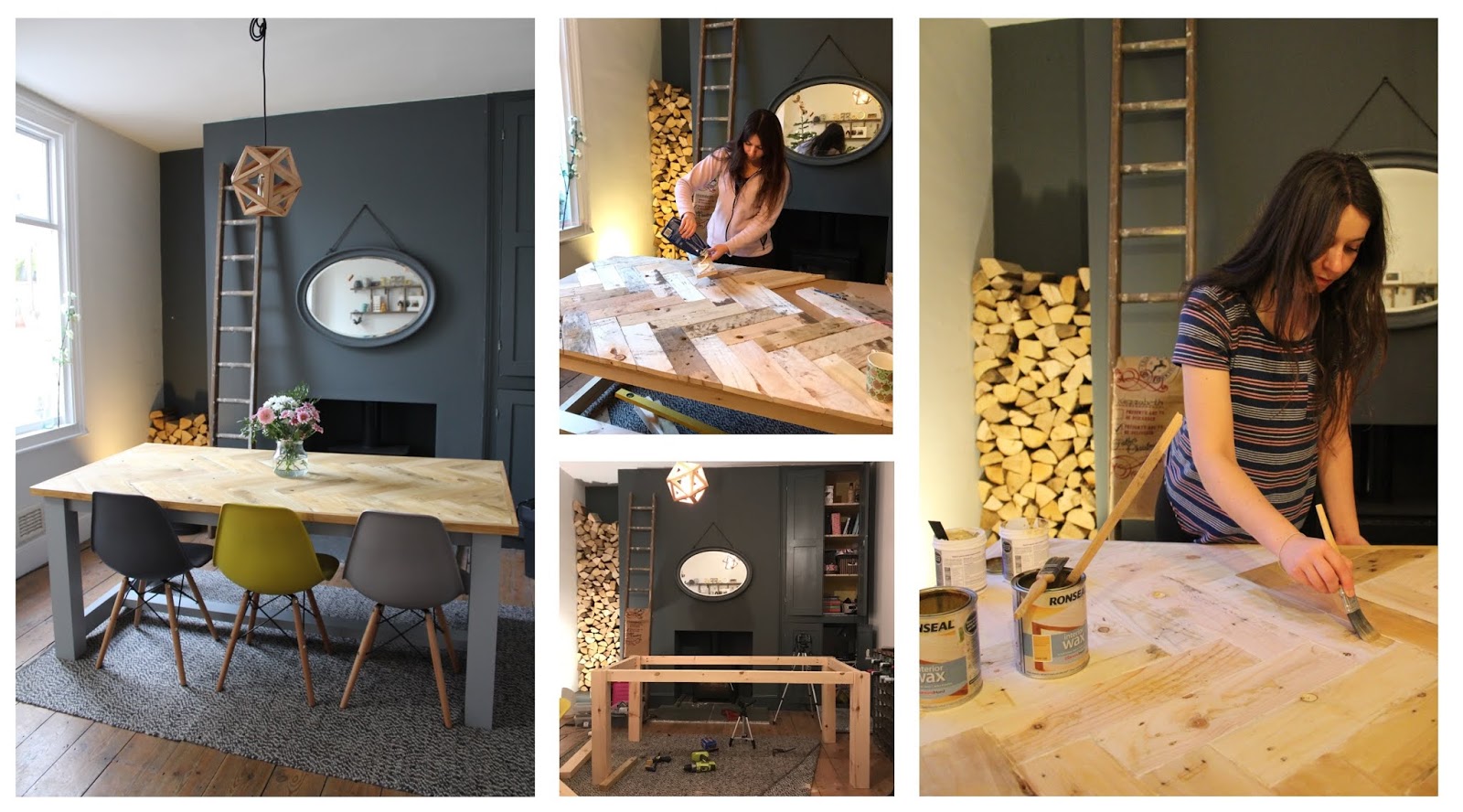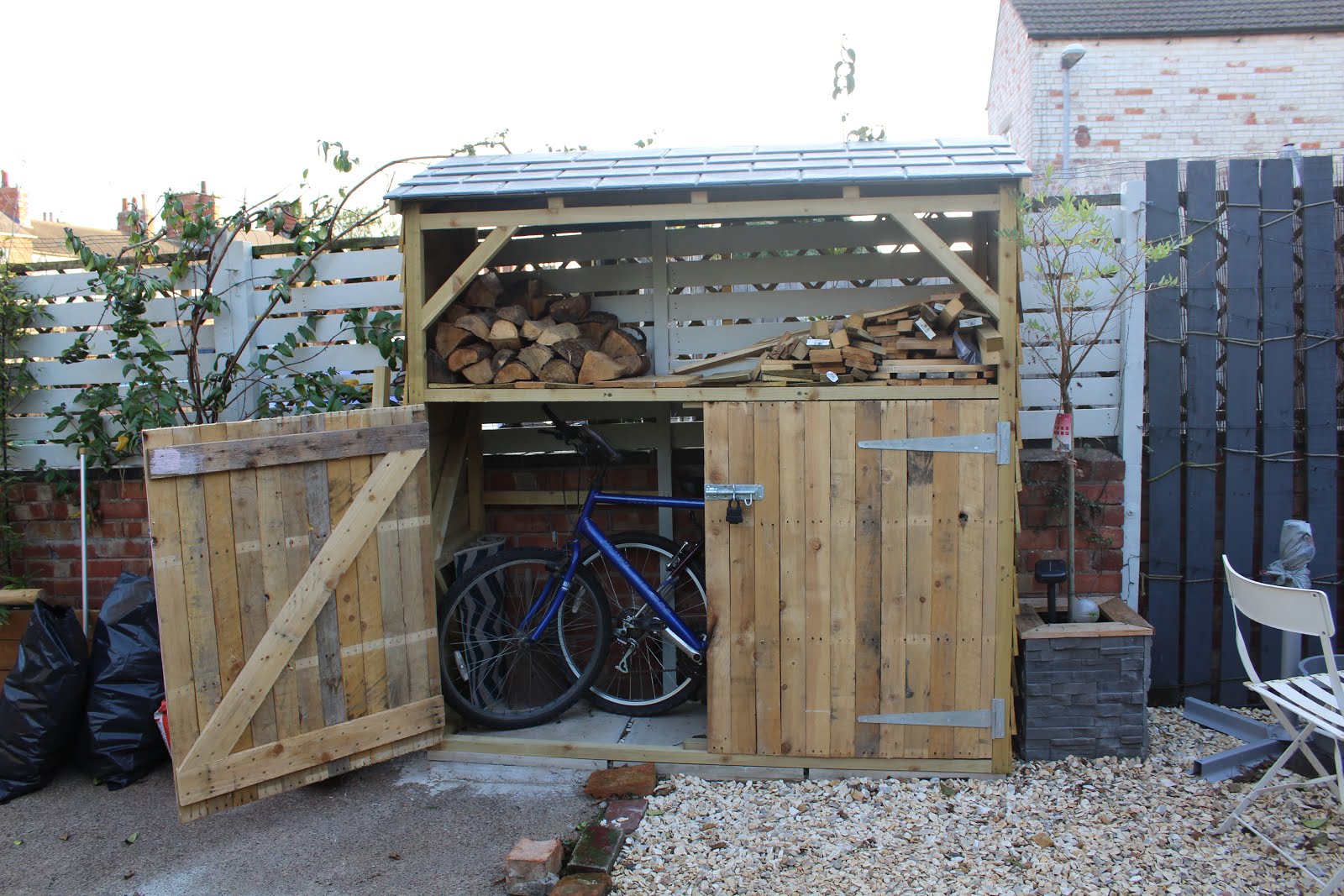If you’re here, it’s probably because your house, or part of it, has been filled with dreaded polystyrene ceiling tiles. What were the 70s thinking? These were a major fire hazard, and let’s face it – damn ugly! Affixed with several blobs of adhesive, glued up onto your ceiling, these aren’t the easiest things to remove – but consider yourself lucky, they could have always installed asbestos tiles at your dreaded peril instead. I’ll take the polystyrene any day.
- Wallpaper Steamer
- Wide Scraper
- Sharp Scraper (definitely invest in some new blades!)
- Hammer
- Arm Strength
- Music
- …and a bit of patience
Step 1 – Removing the Tiles
Save yourself the arm pain by over-stretching on a ladder and attempting to push these tiles off the ceiling in a jerky back and forth motion – instead take a wide scraper and use a hammer to gently but forcefully break the bond between the tile and glue, pushing them down from the ceiling as you go. This way is MUCH easier, it’ll save your arm from going dead, it’s more likely to pull off some glue along with it and it will bring the polystyrene down in much larger chunks, making clean up a hell of a load easier too. It’s all win win.
Step 2 – Removing the Glue
After removing the tiles, you’ll find yourself left with a ceiling covered in hundreds of sizeable blobs of glue, something perhaps not too dis-similar to this…
Holding the steamer upside down onto the ceiling (15 seconds for lath and plaster, 30+ for plasterboard) will soften the glue. You can then use a sharp scraper to peel the glue away from the ceiling. On lath and plaster, this will come off in one smooth action, but be careful not too over-steam the ceiling, particularly in any cracked locations as the plaster will be at risk of completely dropping off! For plasterboard, the technique is exactly the same, but you’re probably going to have to go back over with the steamer a couple of times and fight the glue to the ground. Be patient though, it does work and once you’ve found the technique, you’ll be whizzing through.
Step 3 – Repair
Unfortunately your job isn’t over yet, unless you’re having your ceiling re-plastered (lucky you!). No matter how careful you are with scraping off the several hundred blobs of glue – it’s inevitable that little flakes of plaster have also been removed along with it. I find it easiest to paint the ceiling first, so its all one flat colour, which then allows you to properly see these little holes ready to fixing. You can see they’re not particularly bad, but they are noticeable and do need fixing.
Polyfiller is all you need here. I like to use a thinner consistency polyfiller (just mixed with a bit more water) for small holes and gaps, particularly when I know there’s going to be loooottts of filling involved. Why? Because sanding the stuff is a heck easier! The thinner the polyfiller, the less tough it is – so it’s really only suitable for little holes, such as these.
If you have lots of cracks in a lath and plaster ceiling, check out this post for repairing them.
A good sand and you’re done! Your house is now massively less of a fire hazard and no longer looks like it just stepped out of the 70s! This is definitely an easy achievable DIY job that could be done over a weekend – nothing here requires any real DIY skills, so I definitely recommend giving this a go yourself. You’ll save mega bucks too.
I’d love to know if you’ve attempted removing polystyrene ceiling tiles yourself and if you used a different technique or if you have any tips to add?













18 Comments
Thanks. We are going to be moving soon into a house where 1 room has these.
Your post has helped a lot – we can do this !
Thank you. I moved into a council house 2 yrs ago. The council had removed said tiles in bathroom but not made right again. There is horrible glue all over it Nd cracks. I didn’t have a clue how to prepare it for painting. Everytime we have a shower horrible brown streaks run down.(the glue). I had been told to put pva on the plaster before re-plastering then painting. It helps the plaster bond. I’ll let you know how it goes.thanks
Ah that sounds like a nightmare!! Good luck – hope it all works out well!
Moving into a property where the polystyrene tiles are present in most rooms. Not looking forward to this job at all but it will be worth it in the long run. The tips you gave are great and let’s me know there is light at the end of the tunnel. Onwards and upwards! Great work on your house renovation, the hard work really pays off!
Hi Kezzabeth. Nice intro at the top of the page and what a great ‘How to’ guide you have written, it’s simple to follow, safety conscious, fun and the pictures show exactly what you have described. I had to remove these types of tiles myself in my first house, but on a much smaller surface area. I found your tip on first applying the first coat of paint to the plaster before filling the holes particularly interesting and will try that method myself as a coat of paint does also help to seal any bare plaster at the same time. How did you get on with painting the ceiling? How many coats did you apply and did you use both brush and roller? Well that is all I have to say except for:- ‘Keep up the good work, you are great’.
Hi Rob – thank you for the kind words!
If I remember rightly, the ceiling did take quite a few coats of paint to properly cover the filler on the ceiling. I can’t remember exactly, but I’m certain it was more than 3x coats! That said, I used a trade white paint which does tend to be a thinner consistency with less coverage. I used a roller mainly and just a brush for the edges.
Definitely a job that I’m glad is done now – the arm ache of working on ceilings is mega!!
Hi,
We have a bedroom with large polystyrene sheets covering both the walls and ceiling but have then been wall papered over.
Is it safe to use the wall paper steamer to get the paper off before taking the polystyrene out?
Thanks
Antonia
Ooh I’ve never seen that before! You should be able to just scrape the polystyrene off without even needing to remove the wallpaper first? I’d do a little test and find out! Good luck with your project!
I’m currently in the process of renovating a bungalow. I had no idea how to remove polystyrene tiles from the ceiling until I found your blog. Only thing I would add is that I used a Worx Sonicrafter with a scraper attachment and the tiles came off great, leaving very little adhesive. With lots more work to do, I can’t wait to read the other articles
Ah that’s a great tip!! We actually have a worx sonicrafter with the scraper attachment as well, don’t know why I didn’t think about using it, probably would have saved me a lot of arm ache, haha! Thanks!
Thank you so much, I’m sitting hear look up at my new house where the whole entire house has these polystyrene tiles on the ceiling:-( I’m going to be using your step by step guide as I had I no idea how I was going to tackle the problem. Can you tell me what a “sharp scraper” is please and would you recommend an electric sander? thank you again for your insight and advice.
Oooh, this is the kind of scraper I mean: https://www.screwfix.com/p/no-nonsense-long-handled-scraper-6/87299
It has replacement blades, which are more like knife blades, rather than the kind of filling knife/ putty knife people often use, which is completely blunt. It will make your life SO much easier. We have the long-handled scraper I just linked above as our ceilings are pretty high. But you can also get short handled ones here if that’s more suited for your job: https://www.screwfix.com/p/heavy-duty-scraper-4-/16530?tc=JT8&ds_kid=92700052136101755&ds_rl=1243321&ds_rl=1241687&ds_rl=1245250&ds_rl=1245250&gclid=Cj0KCQjwyN-DBhCDARIsAFOELTk8PmVOYUoA9I-DCp3ixxfPJH7L0zOCgTOqTaXov6Lzfpmt78MHBe4aAl0qEALw_wcB&gclsrc=aw.ds
As for electric sander, to be honest, I’ve found most brands pretty comparable, with the exception of Black&Decker, which I didn’t rate. Bosch, SKIL, Ryobi and Titan are all pretty decent!
Such a good guide, thank you! Just quarter of a room of glue spots to go now 😅 how did you go about repairing the corner between the wall and the ceiling? Ours looks like it’s been chewed…
We were quite lucky as our corners were fine! I’d probably look at using some browning plaster (if it’s a deep gap) and just some filler over the top. Good luck with your renovations!!
Hi, thanks for the tips. So I’m curious if after removing the polysterene, a bit of polyfiller, and lick of paint will be good enough ? does the polysterene add a bit of thermal function?
It worked for us 🙂
I believed they were used for thermal reasons, or sometimes just to be decorative. Bit of a fire hazard though!
IMHO — don’t bother removing the “glue globs” after the polystyrene is gone. WAY TOO much work/effort for little gain. Simply “mud” over the entire ceiling with joint compound or real plaster. Real plaster is better of course. Its also more prep work. There are other advantages of plaster too.
Great tip, thank you! I’ve just steamed and scraped the glue of one of our ceilings. It worked a treat :-). I had been fighting it dry with a scraper without any luck. Ours was on plasterboard and it took about 30 seconds of steaming per section, like you said. Thank you